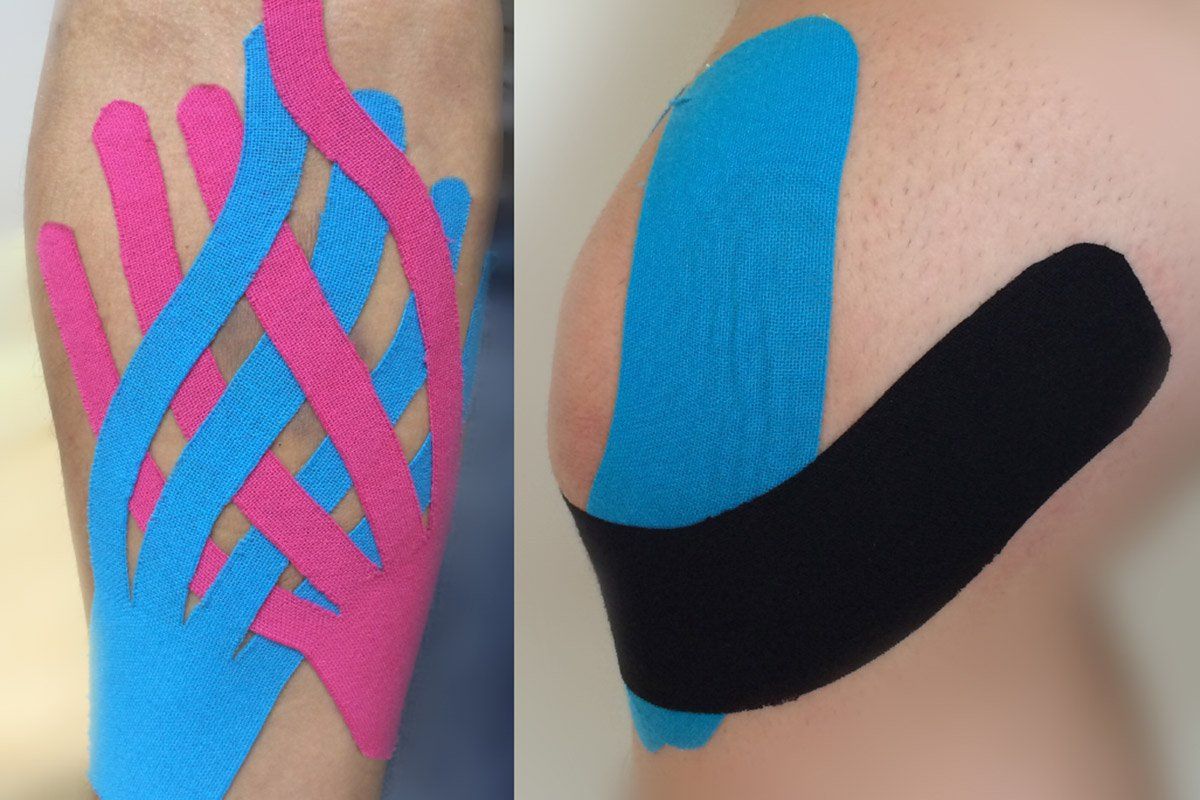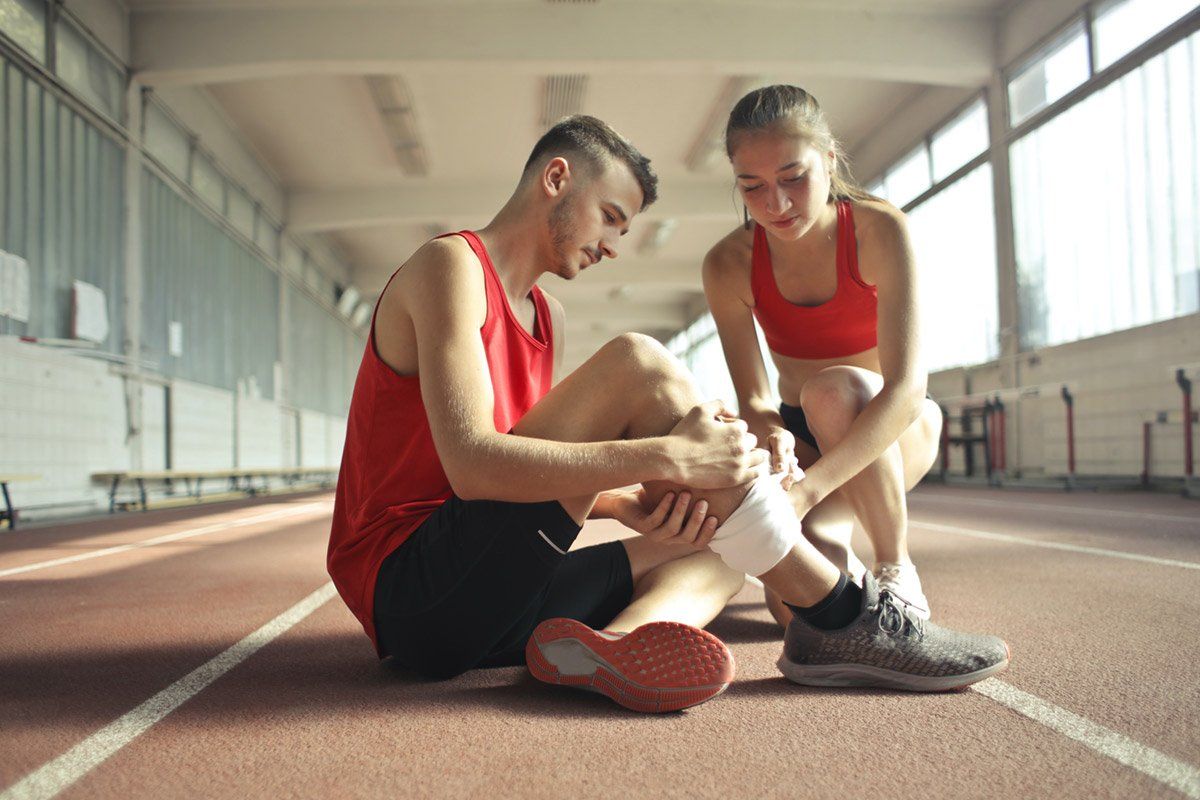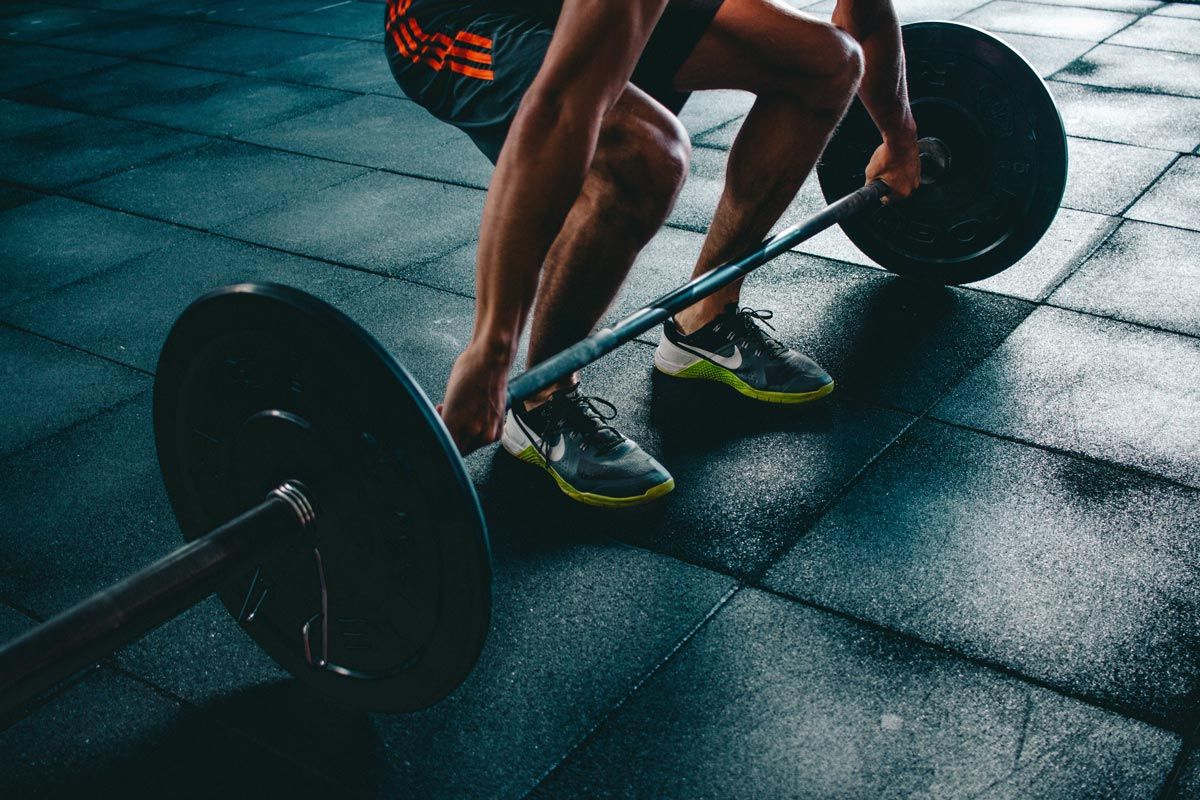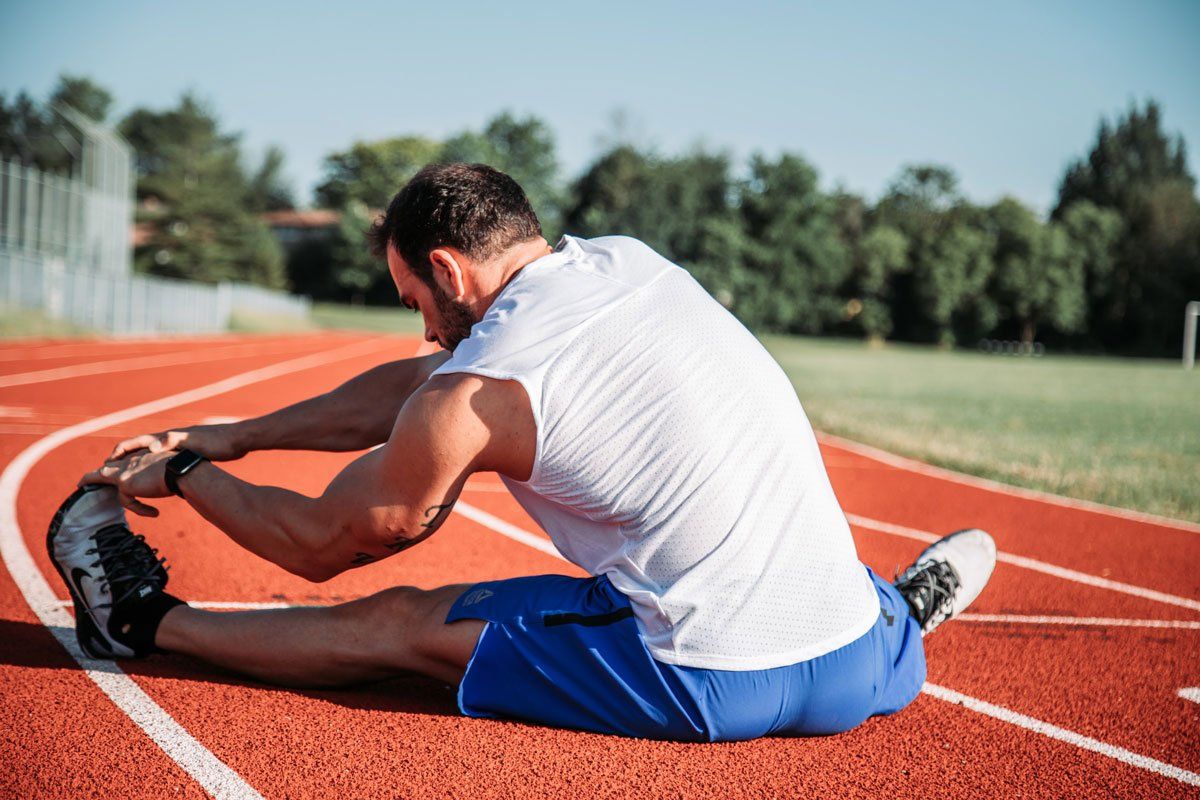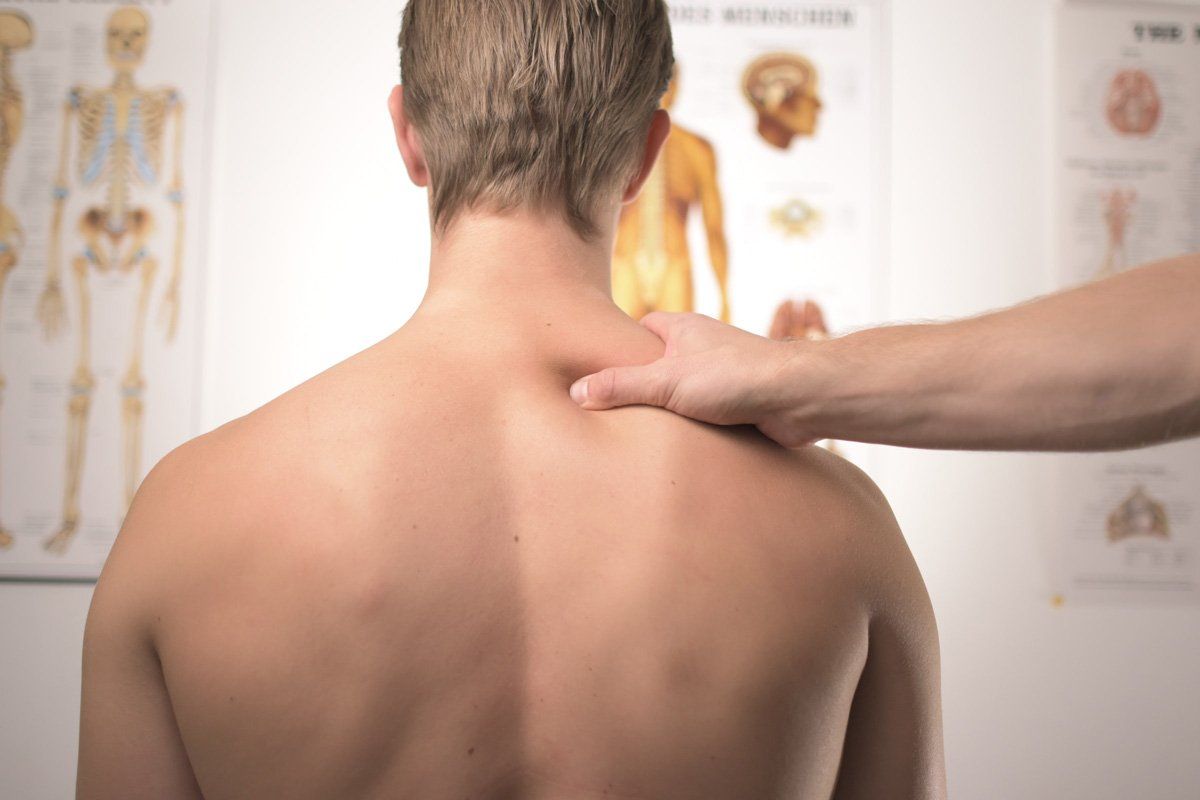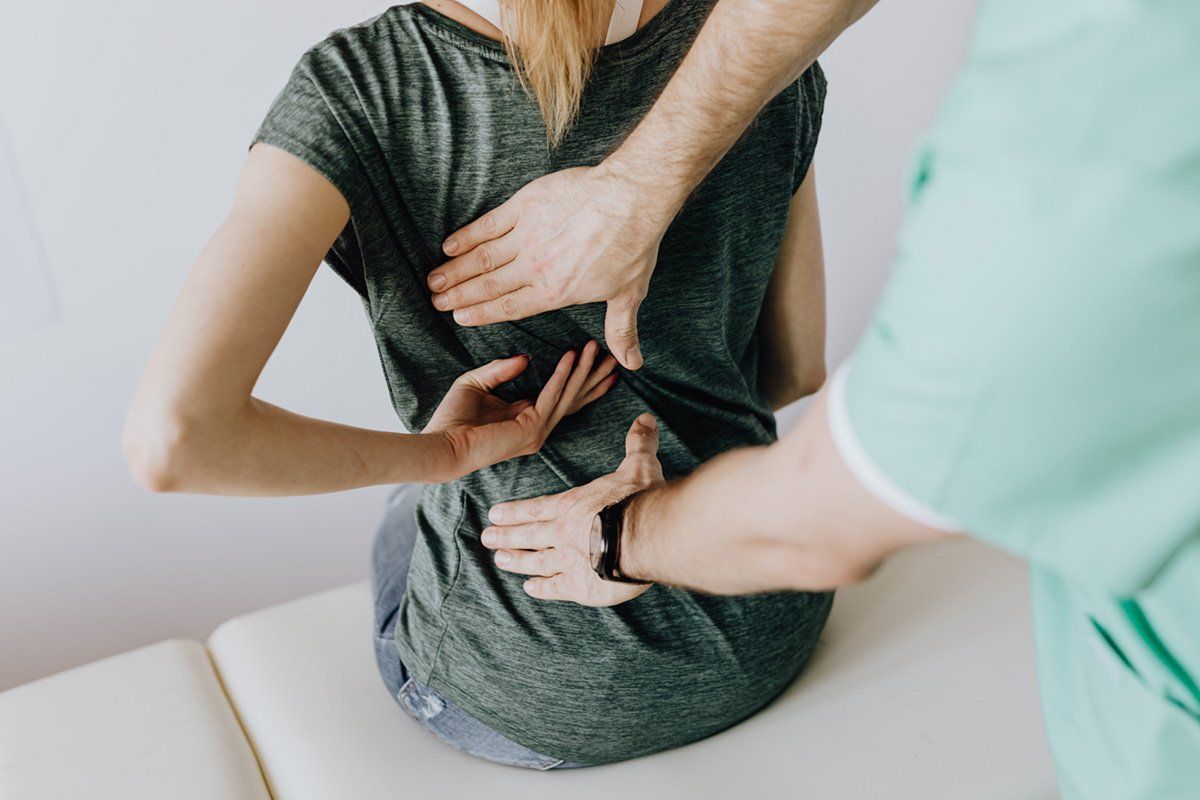WRAPPED UP WITH TAPE By Michelle Olson PT
Have you been wondering what all that pink and blue tape you saw on the Olympic athletes was? It is called Kinesio tape. Kinesio tape has been used for decades, most popular with athletes in the last decade. During the 2012 London Olympics many athletes were seen with all sorts of taping over their bodies from volleyball players with tape on their abdomens or shoulders to track athletes with tape on their legs, even some Ping-Pong players. Kinesio tape is used to Re-educate the neuromuscular system, reduce pain, optimize performance, prevent injury, and promote improved circulation and healing. As you can see, Kinesio tape is used in many different ways, however the main purpose is to inhibit or facilitate the normal response of soft tissue.
Kinesio tape was developed with texture and elasticity or stretch, to closely mimic that of living human skin. Kinesio taping works by activating the neurological and circulatory systems to promote the body’s natural healing process while providing support and stability to muscles and joints without restrictions. The tape microscopically lifts the skin when applied with the proper degree of tension. In doing so this can trigger the receptors in the somatosensory system and facilitate the lymphatic drainage system. The Kinesio tape can be applied over muscles to reduce pain and inflammation, relax an overused muscle, and/or to support muscles in movement.
The elastic property of the tape allows for full motion and use of your body without limitations in movement, as opposed to rigid taping methods that we have seen used in the past with injuries. With many injuries it has been found that it is not necessarily the joint or the bone, but the muscles or imbalance of the muscles that is the source of the pain.
The tape itself is latex-free and wearable for days at a time. It is safe for pediatric to geriatric patients, treating orthopedic, neuromuscular, neurological, scar management, and many other medical conditions. Evaluation of the deficit, injury or disability is necessary in order for a trained professional, such as your Physical Therapist, to apply the tape and achieve the desired result. Physical therapist use Kinesio tape as yet another tool to help restore your health and activity level; it is not used as the sole treatment in most cases and is combined with specific exercises/stretches to balance the body.
